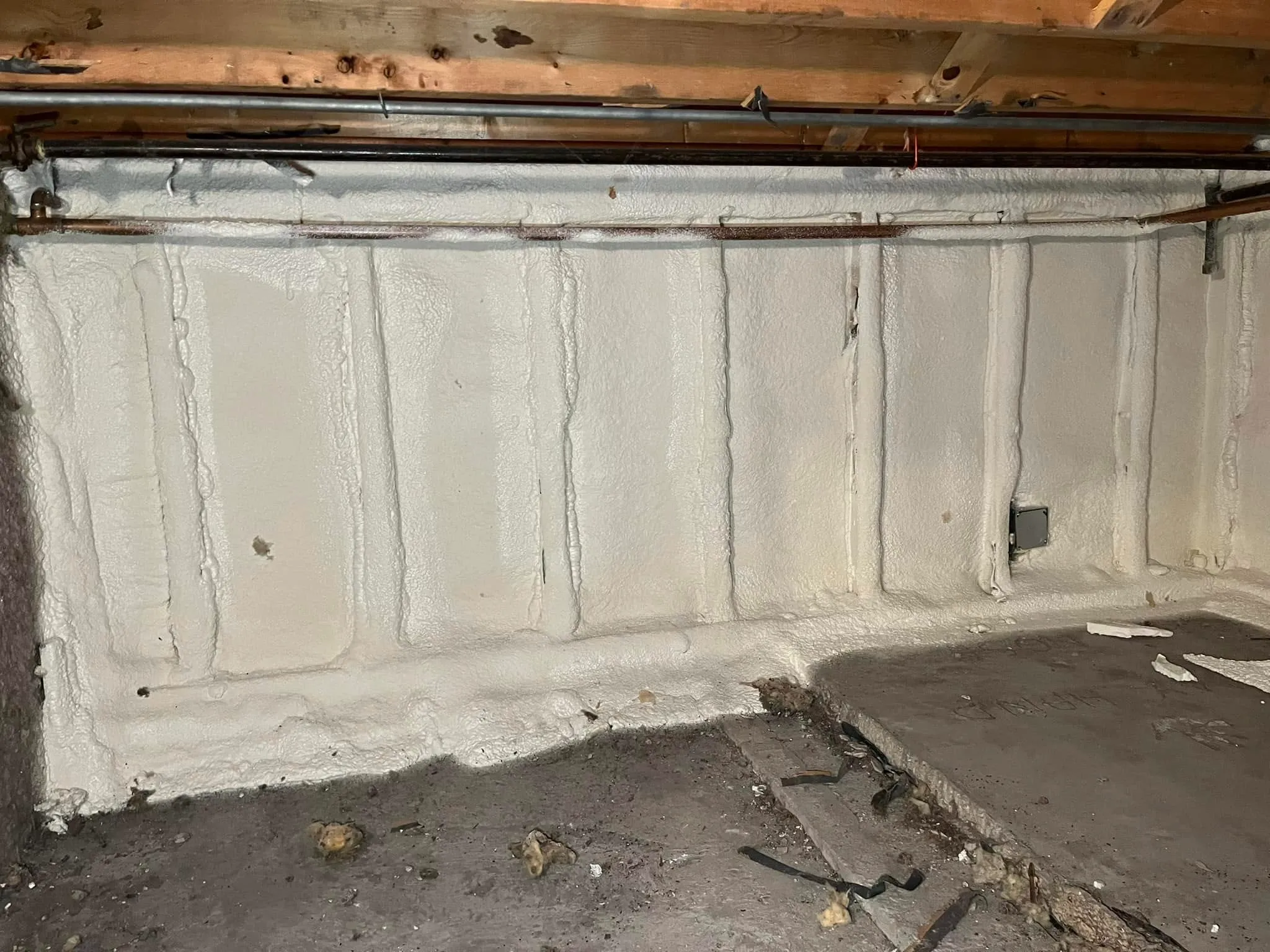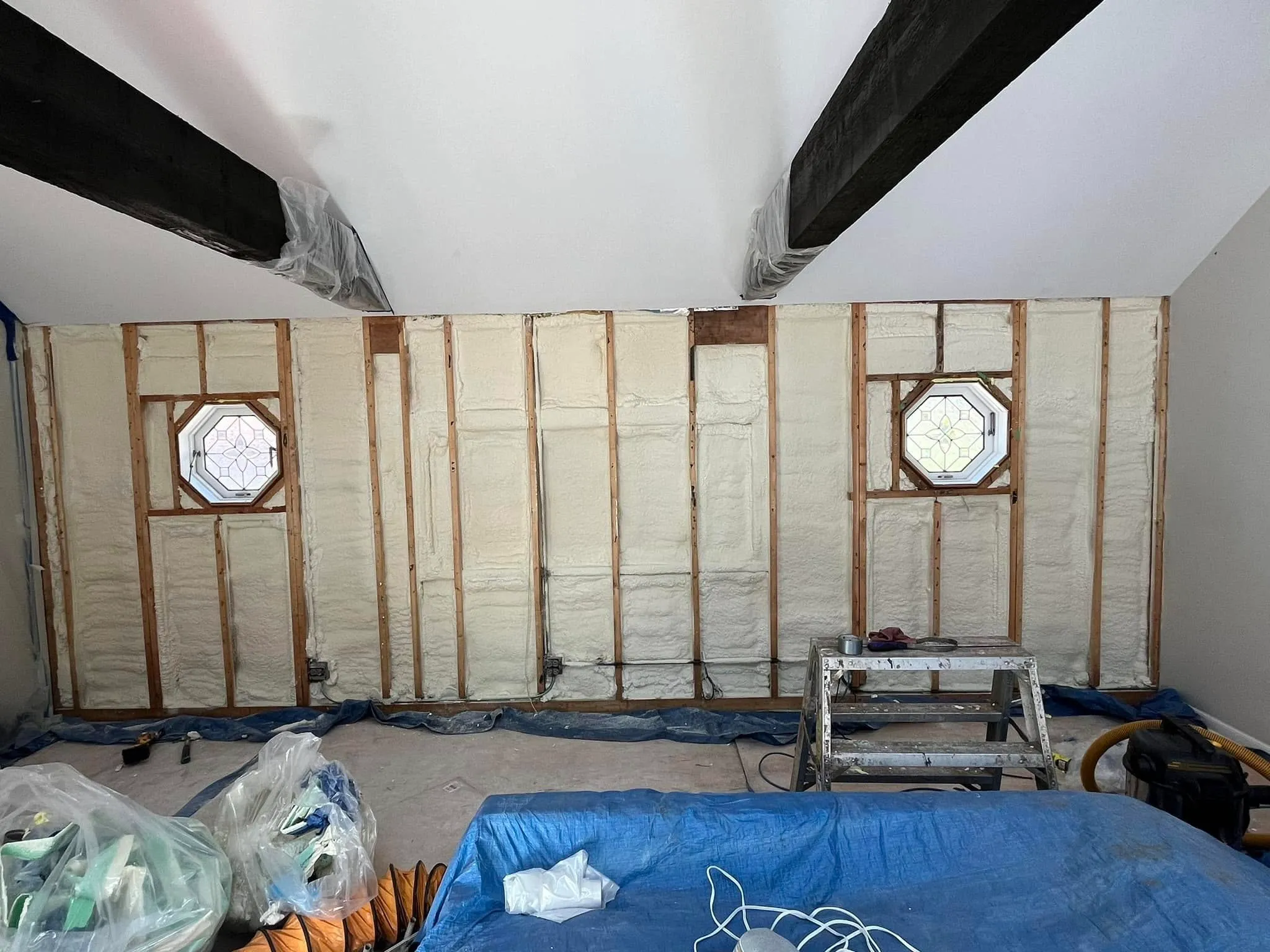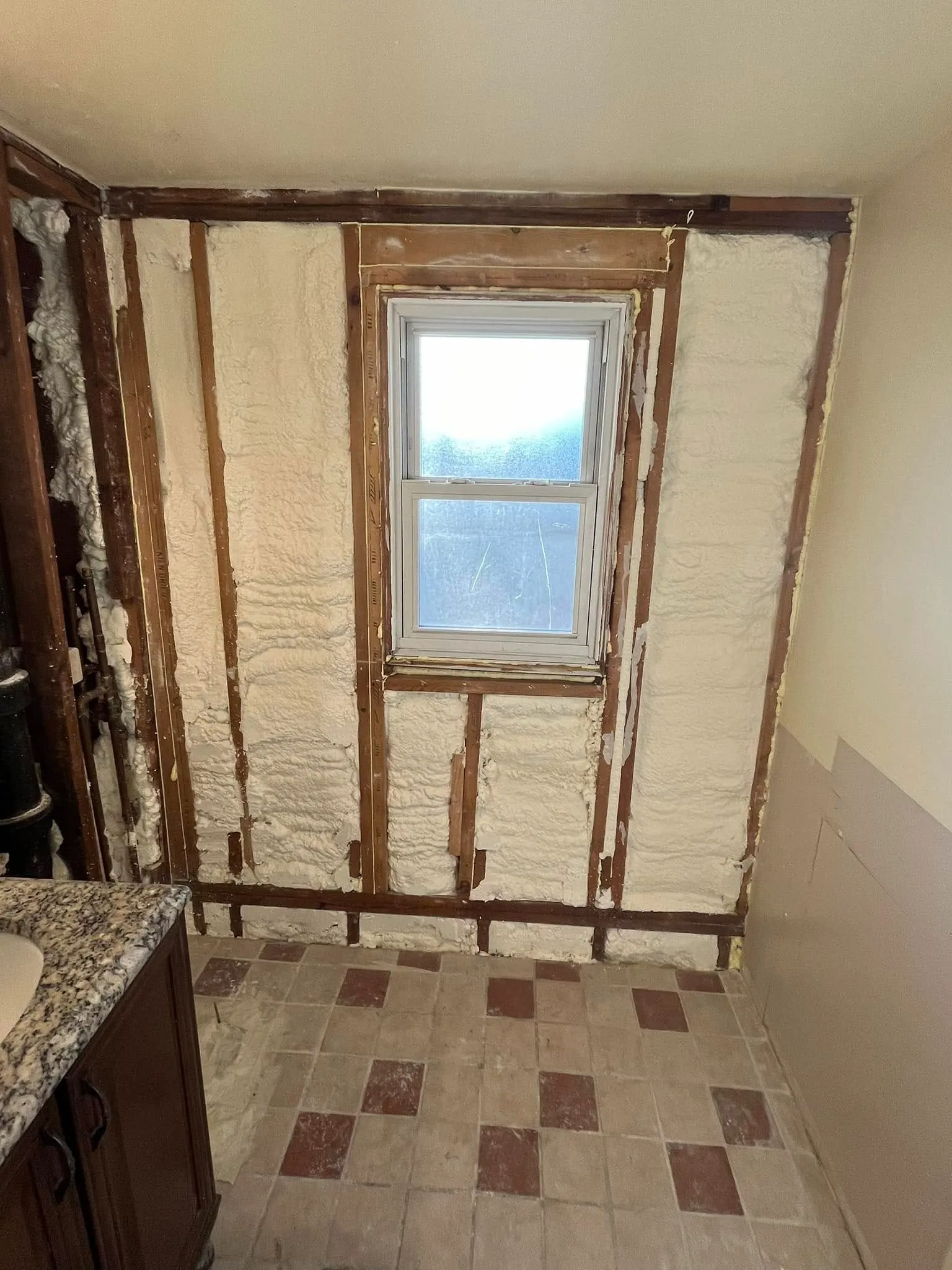
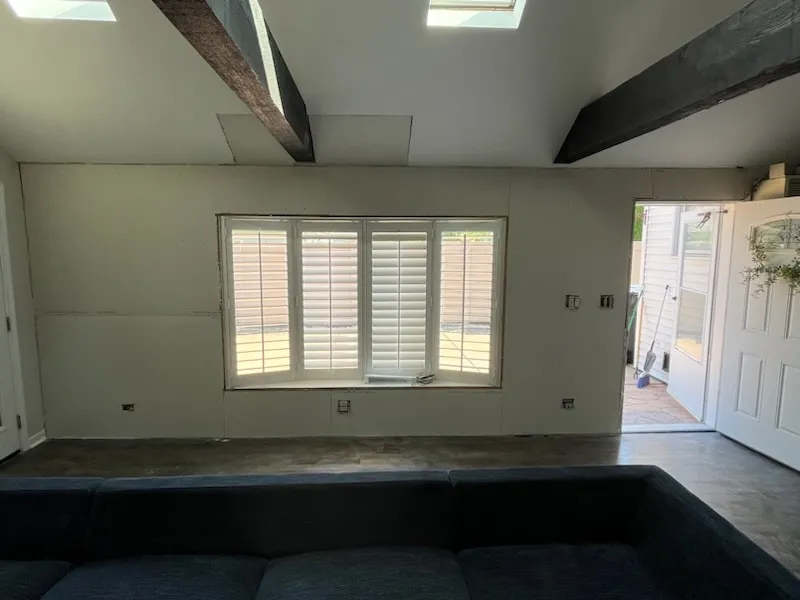
Spray foam insulation keeps rooms cooler in the summer by creating a powerful air barrier and providing a high resistance to heat transfer. Unlike traditional insulation materials that only slow down heat conduction, spray foam expands to fill every crack and crevice. This process effectively seals the building envelope, stopping hot, humid air from infiltrating the home through convection. At the same time, its high R-value, a measure of thermal resistance, significantly reduces the amount of heat that can conduct through the roof and walls. This dual action of air sealing and thermal resistance is what makes spray foam so effective at maintaining a stable, cool indoor temperature during hot weather.
This article breaks down exactly how this material works to combat summer heat, offering a clear look at the science behind its performance. With years of experience in residential and commercial insulation, the team at South Chicago Insulation has seen firsthand how a properly insulated structure can change daily comfort and energy consumption, and this information is based on established building science principles and practical application in homes across different climates.
To appreciate how spray foam works, it helps to know the three ways heat moves into a house:
An effective insulation strategy must address all three forms of heat transfer. Traditional insulation primarily addresses conduction, but its effectiveness is often compromised by air leaks.
Spray foam insulation provides a comprehensive solution by directly countering both conduction and convection, which are the primary sources of summer heat gain. Its application creates a monolithic barrier that is far more effective than simply placing batts of insulation between studs.
The most significant advantage of spray foam in the summer is its ability to act as an air barrier. When applied, the liquid mixture expands up to 100 times its original size, conforming perfectly to the space it fills. This expansion seals gaps that are impossible to cover with pre-cut insulation batts.
A report from the Environmental Protection Agency EPA highlights that air sealing is a critical step for improving indoor air quality and energy efficiency. By stopping uncontrolled air movement, spray foam prevents hot, humid outdoor air from mixing with the cool, conditioned air inside. This reduces the workload on your air conditioning system, as it no longer has to cool down a constant flow of incoming hot air.
Bonus Tip: Sealing the attic and crawl space is often more impactful for summer cooling than just focusing on the walls. These areas are major points of entry for hot air and humidity.
R-value measures an insulation material’s ability to resist the flow of heat. The higher the R-value, the better the insulation. Spray foam comes in two main types, open-cell and closed-cell, each with a different R-value.
The U.S. Department of Energy explains that closed-cell foam’s high R-value is due to the trapping of a special gas within its cells, which is less conductive than air. This makes it an excellent choice for areas where space is limited but high thermal performance is needed.
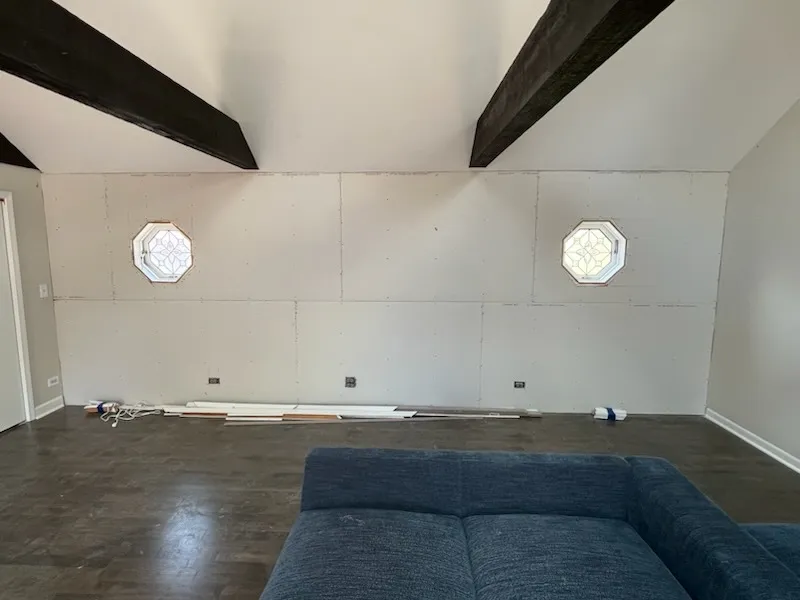
Not all insulation materials are created equal when it comes to keeping a home cool. The combination of air sealing and R-value is what sets different types apart.
| Feature | Closed-Cell Spray Foam | Open-Cell Spray Foam | Fiberglass Batts |
|---|---|---|---|
| R-Value per Inch | 6.0 – 7.0 | 3.5 – 3.8 | 3.1 – 4.3 |
| Air Barrier? | Yes | Yes | No |
| Vapor Barrier? | Yes | No (semi-permeable) | No |
| Application | Expands to fill cavities | Expands to fill cavities | Cut to fit |
| Best for Summer | Excellent | Very Good | Fair |
This table shows that while fiberglass has a decent R-value, its inability to stop air leakage makes it less effective against summer heat gain compared to either type of spray foam.
Choosing the right insulation involves more than just picking the material with the highest R-value. Several factors should be considered to ensure the best performance for your specific home and climate.
Ultimately, spray foam insulation helps keep rooms cooler by creating a nearly perfect seal against hot air and providing excellent thermal resistance. This combination reduces the strain on your AC system, leading to lower energy bills and a more consistently comfortable indoor environment. Investing in the right insulation is not just about comfort; it’s a long-term investment in your home’s value and efficiency. Before moving forward, it’s always best to evaluate your home’s unique layout, your local climate, and your long-term energy goals.
Understanding your home’s specific insulation needs is the first step toward a more comfortable and energy-efficient summer. If you have questions or need a detailed evaluation, the experts at South Chicago Insulation can provide a clear assessment and explain your options. Contact the team at (779) 803-8025 or send an email to [email protected] to discuss your project.
Yes, spray foam can be retrofitted into existing homes. For walls, it can be injected into the wall cavity through small holes. For attics and crawl spaces, it’s sprayed directly onto the surfaces.
Absolutely. By creating an air barrier, it stops humid outdoor air from entering the home. Closed-cell spray foam also acts as a vapor barrier, preventing moisture from passing through the building materials, which is a significant benefit during humid summers.
Spray foam is a very durable material. It doesn’t sag, settle, or degrade over time like some other insulation types. When installed properly, it should last for the life of the building. Industry data suggests the global spray foam insulation market continues to grow. Grand View Research attributes this growth to the material’s longevity and energy-saving benefits.
Like many building materials, spray foam insulation is a combustible plastic. However, building codes require it to be covered by a 15-minute thermal barrier, such as half-inch drywall or another approved material. When this requirement is met, it is considered safe for residential use.

